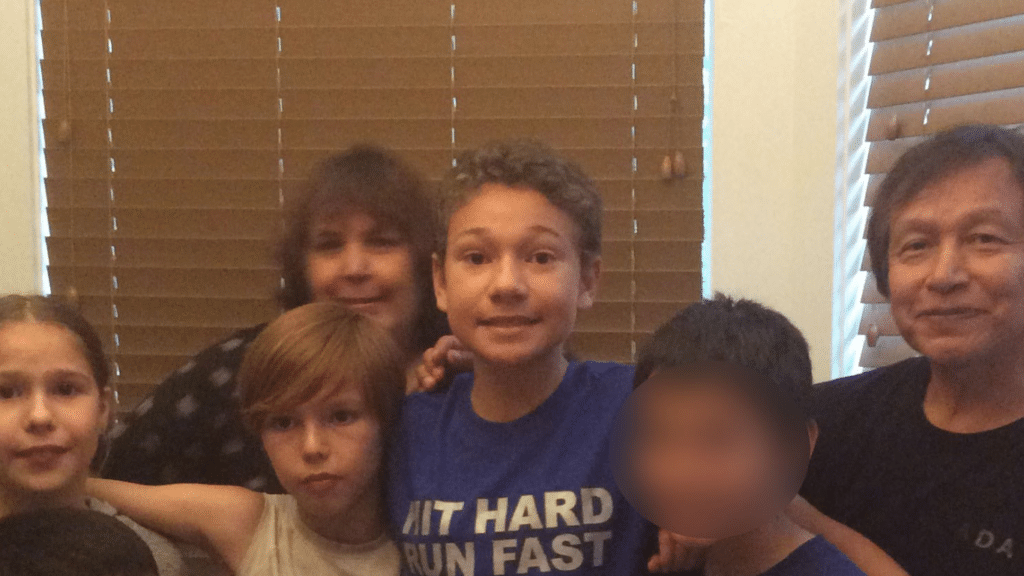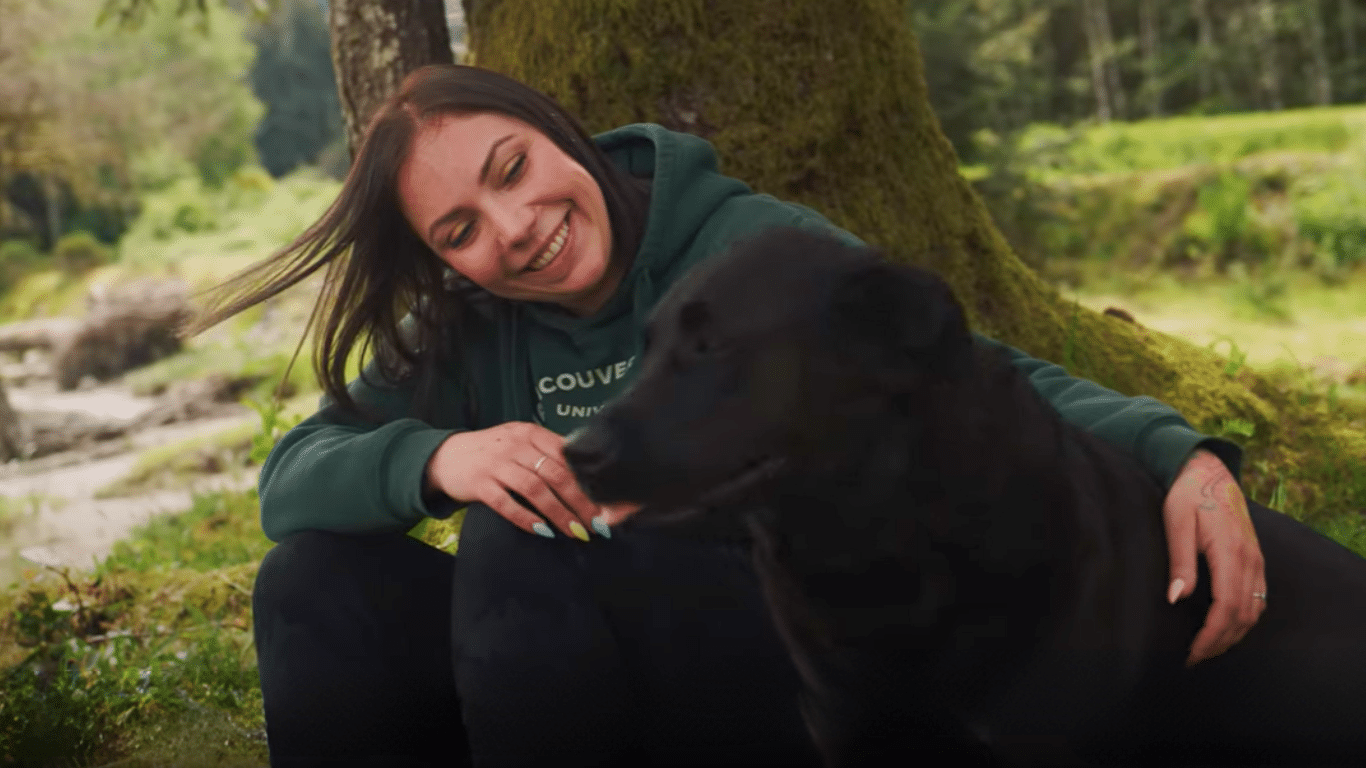Jennie Roberts and her husband Lawrence weren’t expecting to become parents a second time around. But when Lawrence attended a Chief & Council meeting and learned that there was a need for Indigenous adoptive families, Jennie knew what they needed to do.
Jennie and Lawrence, who are members of the Tzeachten Nation, began the adoption process and were eventually matched with their three kids, a sibling group. Though the Roberts’ children are Indigenous, they had not had access to their culture while in care. Moving into an Indigenous home was a culture shock for the Roberts’ kids. The kids quickly started participating in cultural activities and joined clubs specifically for Indigenous youth, like the Indigenous youth soccer league. “They’re learning about their culture,” Jennie explains of her kids’ journey. “They’re learning to accept themselves as Indigenous children.”
The process hasn’t always been easy. Jennie’s kids took a long time to adjust to the fact that their needs will be taken care of in Jennie and Lawrence’s home. For Jennie, it’s all about building trust. “It was a matter of them learning they’re not going anywhere, we’re not going anywhere,” Jennie explains. It has taken about three years for their kids to start to develop that trust, an experience Jennie relays is not uncommon for adoptive families. But every child is different: Jennie’s daughter, who was seven when she was adopted, settled in right away. Jennie’s two boys, who were seven and ten when they were adopted, adjusted more slowly.
Jennie is grateful that all three of her children have reached the point where they are feeling a sense of stability. External supports helped with the process of bonding. Jennie and Lawrence’s social worker connected them with the Adoptive Families Association, and a Wendy’s Wonderful Kids Recruiter helped get the kids ready for the process of adoption by helping them understand what this change would look like. The Robertses also ended up getting a respite worker, who met with the new family weekly and helped them begin to work as a unit. Having external support was essential, recalls Jennie. Though Jennie and Lawrence had raised five biological children, the process of adopting felt different. “We hadn’t experienced children with such trauma,” explains Jennie.
Going into their fourth year as a family, Jennie is happy that her kids have the support of a loving and caring family and cultural community. There are always adults watching out for the kids, says Jennie, which the kids both love and hate. Jennie and Lawrence’s youngest biological child is twenty, so the three younger children have plenty of adults to make sure they stay out of trouble. “There’s not much you can do without people seeing,” says Jennie, laughing. While the journey hasn’t always been easy, Jennie and Lawrence didn’t have to do it alone. “It takes a village to raise a child,” says Jennie. “Well, that’s what our village does.”
If Jennie were to give advice to prospective adoptive parents? “Don’t hesitate because you’re older,” says Jennie. “[Adoption] is a great experience for older people as well. I definitely recommend more mature people trying out and seeing what it’s like to be an adoptive parent. It’s great.”





